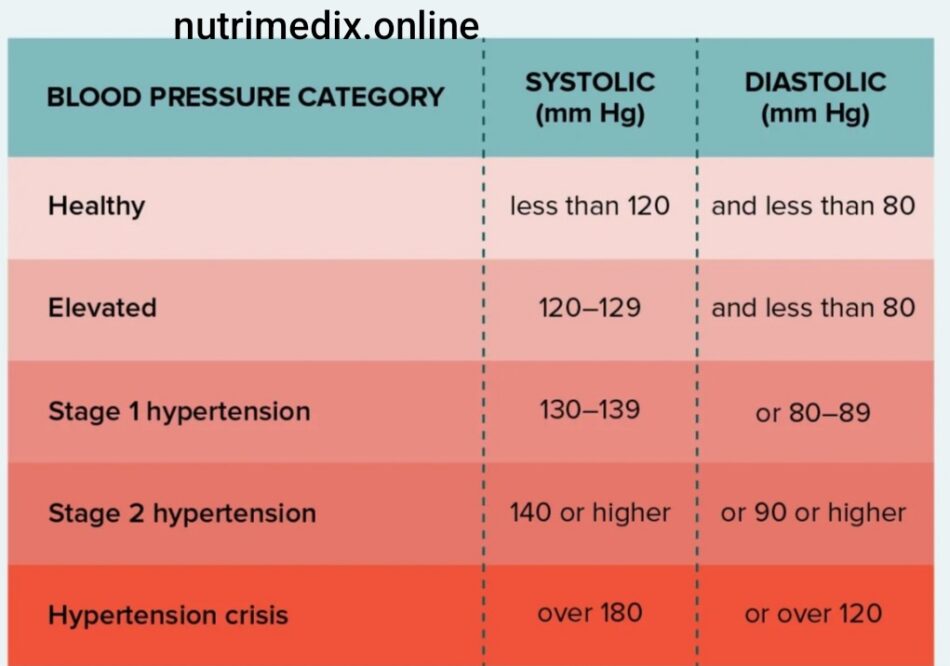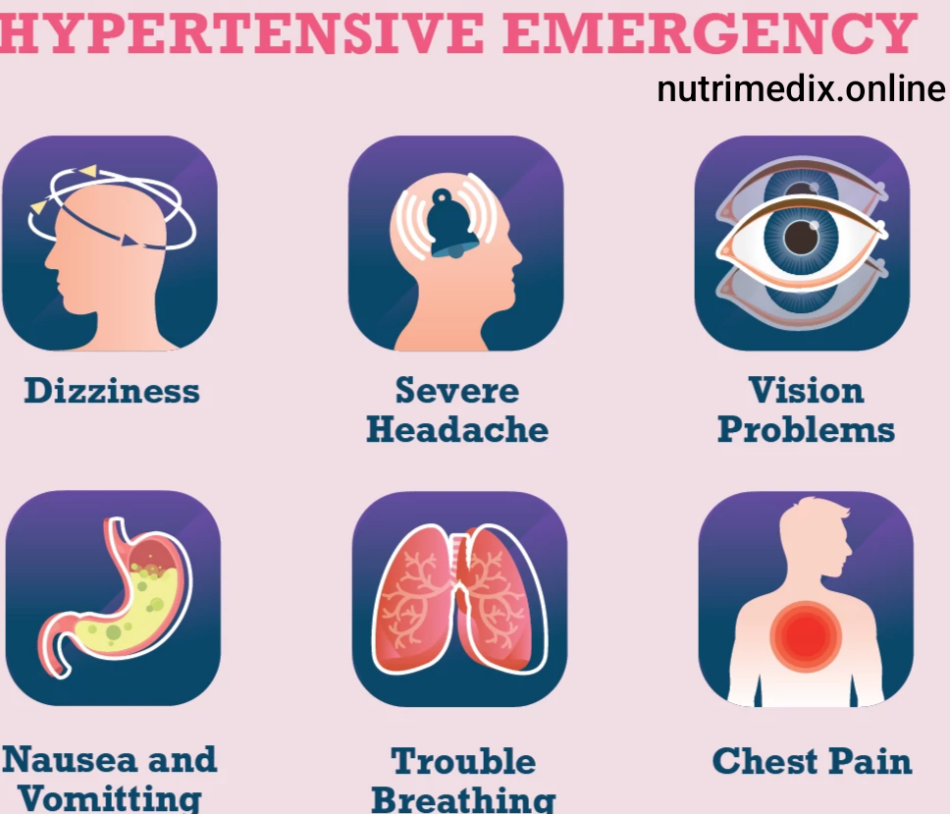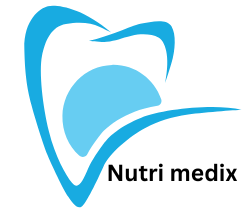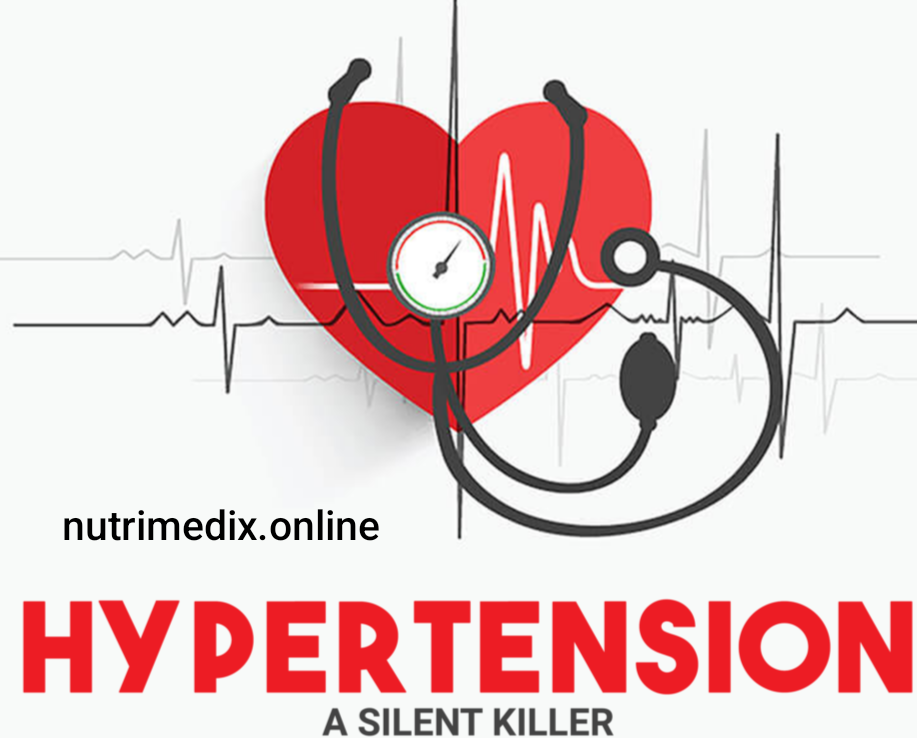Understanding hypertension urgency icd 10, its Causes, Symptoms, its effect on body Statistics and 5 Preventions techniques
Hypertensive Urgency
Hypertensive urgency is a condition where the blood pressure (BP) spikes above 180/110 mm Hg without causing immediate damage to organs. It differs from hypertensive emergencies, where such spikes are accompanied by life-threatening complications. The ICD-10 code for hypertensive urgency is I16.0, making it easy to classify and track for medical professionals.
Hypertensive urgency is a condition where the blood pressure (BP) spikes above 180/110 mm Hg without causing immediate damage to organs. It differs from hypertensive emergencies, where such spikes are accompanied by life-threatening complications. The ICD-10 code for hypertensive urgency is I16.0, making it easy to classify and track for medical professionals.
ICD-10 stands for the International Classification of Diseases, 10th Revision. It is a system used globally to classify diagnoses, symptoms, and procedures. The ICD-10 code for hypertensive urgency helps health professionals streamline patient care by providing a standardized diagnosis code.
Understanding Hypertensive Urgency
Hypertensive urgency occurs when blood pressure reaches critical levels but without the acute symptoms found in hypertensive emergencies. Symptoms may include severe headaches, shortness of breath, or anxiety, though they do not lead to organ damage. Immediate care is required, but hospitalization is rarely necessary unless the condition progresses.
Understanding Blood Pressure Readings
Blood pressure is measured with two numbers:
- Systolic pressure (the top number) measures the pressure in your arteries when your heart beats.
- Diastolic pressure (the bottom number) measures the pressure between heartbeats.
These readings fall into five categories for adults:
- Normal: Less than 120/80 mm Hg.
- Elevated: 120-129 systolic and less than 80 diastolic. Lifestyle changes are recommended to lower the risk.
- Stage 1 Hypertension: 130-139 systolic or 80-89 diastolic.
- Stage 2 Hypertension: 140+ systolic or 90+ diastolic.
- Hypertensive Crisis: Over 180 systolic or over 120 diastolic, requiring urgent medical care.

Blood pressure can be measured using a cuff. Ensure it fits correctly, as an incorrect size can give inaccurate readings.
Causes of Hypertension
Hypertension can be classified into two types:
- Primary (essential) hypertension: This is the most common form and usually develops over time due to factors like genetics, age, and lifestyle choices. For example:
- Family history of high blood pressure
- Aging (especially over 65)
- Long term Stress results in hypertension https://nutrimedix.online/stress-impact-on-physical-health-steps-to-manage/
- Race (Black people in the U.S. have a higher incidence of hypertension)
- Obesity, sedentary lifestyle, high alcohol intake, and excessive sodium intake.
- Secondary hypertension: This develops more quickly and is often due to underlying health issues such as kidney disease, sleep apnea, or certain medications.
Symptoms of Hypertension
Most people with hypertension don’t experience symptoms until the condition becomes severe. At this point, it may cause:
- Headaches
- Shortness of breath
- Chest pain
- Visual disturbances
- Nausea
Because it’s largely symptomless, the best way to detect hypertension is through regular blood pressure checks.
Effects on the Body
Untreated hypertension can lead to serious complications, including:
- Heart disease
- Diabetes
- Stroke
- Kidney failure
- Vision loss
- Cognitive issues, such as dementia
- Sexual dysfunction

Diagnosis and Treatment
Diagnosing high blood pressure involves taking multiple readings over time. If a doctor determines your blood pressure is consistently high, they may perform tests like blood work, heart scans, or ask you to use a home monitor.
Treatment typically starts with lifestyle changes, such as eating a heart-healthy diet, exercising, reducing sodium intake, and managing stress. If lifestyle changes alone aren’t enough, medications may be prescribed, such as:
- Beta-blockers
- Diuretics (water pills)
- ACE inhibitors
- Calcium channel blockers
For secondary hypertension, treating the underlying cause is key.
Lifestyle Changes to Manage Hypertension
To help manage or lower your blood pressure, you can:
- Eat more fruits, vegetables, and whole grains
- Exercise regularly (aim for 150 minutes of moderate activity weekly)
- Reduce sodium intake
- Limit alcohol consumption
- Manage stress levels
- Quit smoking if you do
Regularly checking your blood pressure at home can also help you track your progress.
Prevention tips
Here are some effective tips for preventing hypertension:
- Maintain a healthy diet – Focus on fruits, vegetables, whole grains, and lean proteins.
- Limit sodium intake – Aim for 1.5 to 2.3 grams of sodium per day.
- Stay physically active – Get at least 150 minutes of moderate exercise each week.
- Maintain a healthy weight – Set weight loss goals if necessary to prevent hypertension.
- Limit alcohol consumption – Drink in moderation, if at all.
- Manage stress – Practice relaxation techniques like meditation, deep breathing, or yoga.
- Quit smoking Smoking raises blood pressure and damages blood vessels.
- Monitor your blood pressure – Regular checks can help you catch early signs of hypertension.
- Limit caffeine – Excessive caffeine intake may temporarily raise blood pressure.
- Get enough sleep – Aim for 7–9 hours of restful sleep each night.
- Check your BP -heck your BP level regularly once necessarily in a week.
These steps can help reduce the risk of developing high blood pressure and related complications.
Statistics of hypertension
The number of adults with hypertension increased from 594 million in 1975 to 1.13 billion in 2015, with the increase seen largely in low and middle-income countries. Its ratio is one fourth of the population This increase is due mainly to a rise in hypertension risk factors in those populations.
Conclusion
Hypertension is a widespread but manageable condition. In my practice, I have noticed patient who are unaware of hypertension and when they come their BP level is high then their medication becomes too difficult. So my advice is to check your BP level regularly once necessarily in a week. Lifestyle changes can be highly effective in controlling or reversing high blood pressure. Still, medications may be necessary for some people. Regular blood pressure monitoring is crucial, as untreated hypertension can lead to severe health issues like heart attacks and strokes. The sooner you take action, the better you can protect your long-term health.

